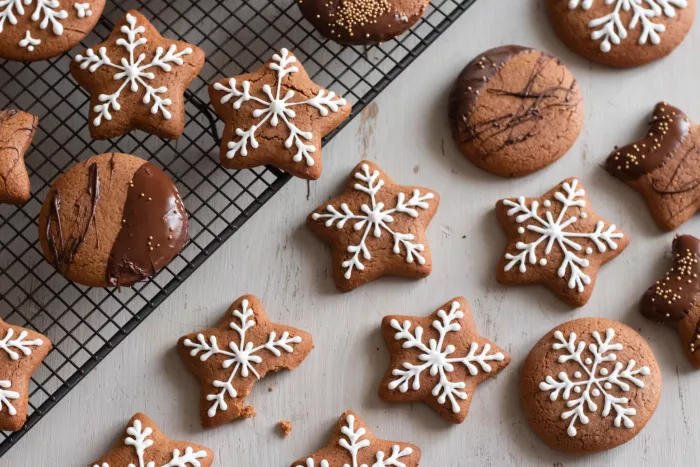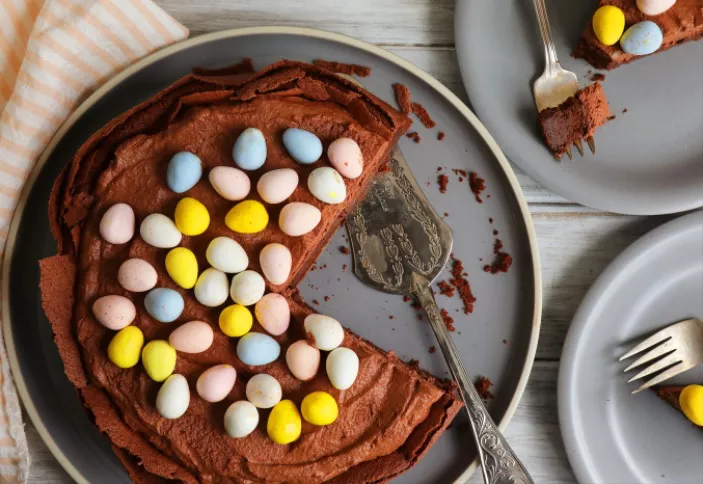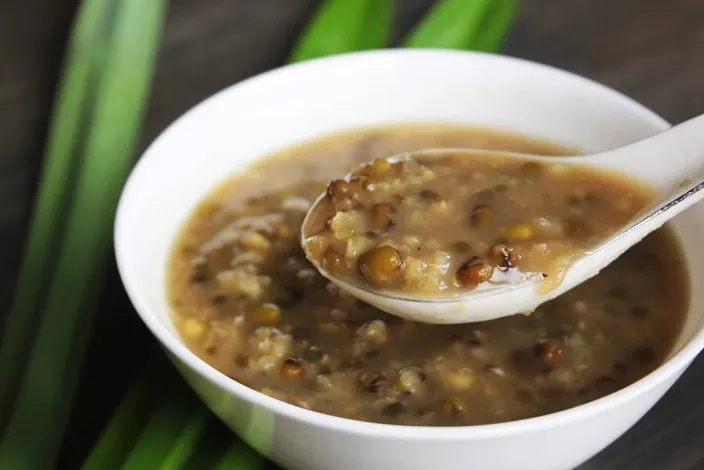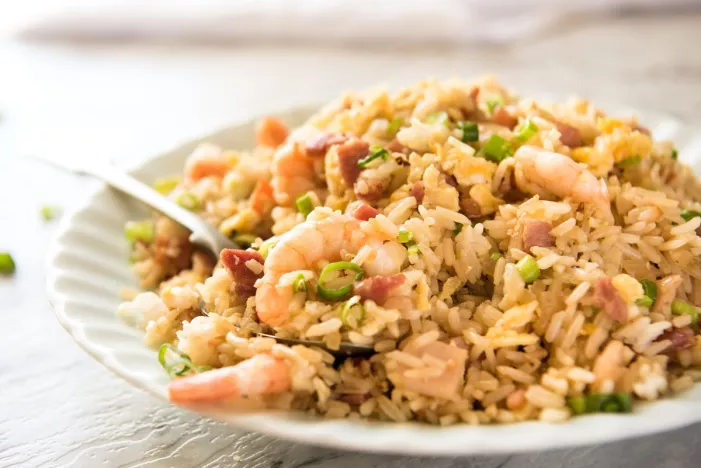German Christmas cookies, known as “Plätzchen” in German, are an integral part of the country’s rich holiday traditions. These delectable treats come in various shapes, sizes, and flavors, and they are lovingly prepared by families during the festive season. In this comprehensive guide, we’ll take you on a delightful journey through the world of German Christmas cookies, exploring their history, popular varieties, and the cherished role they play in bringing warmth and joy to the holiday season.
The History of German Christmas Cookies
The tradition of baking cookies for Christmas in Germany dates back to the Middle Ages. Monasteries and convents were often the centers of baking, and they produced “Lebkuchen” (gingerbread) and other sweet treats as gifts for the poor during the holidays. The 16th century saw the emergence of printed cookie molds, allowing bakers to create intricate shapes and designs. By the 19th century, the tradition had firmly taken root in German households, and it continues to be an essential part of Christmas celebrations today.
Popular Varieties of German Christmas Cookies
Vanillekipferl (Vanilla Crescents): These crescent-shaped cookies are made from a delicate blend of ground almonds, sugar, and vanilla sugar. They are often dusted with powdered sugar and are a favorite in many German households.
Lebkuchen (Gingerbread Cookies): Lebkuchen is a classic German Christmas cookie made with a blend of spices, honey, candied citrus peel, and nuts. These cookies are often heart-shaped and are a beloved part of German holiday traditions.
Zimtsterne (Cinnamon Stars): Zimtsterne are almond-based cookies flavored with cinnamon and often topped with a crisp meringue glaze. These star-shaped cookies are a symbol of the holiday season.
Heidesand (Sandy Almond Cookies): Heidesand cookies are characterized by their sandy texture, which comes from the use of ground almonds and the addition of butter and sugar. These cookies have a lovely nutty flavor.
Bethmännchen: These marzipan cookies are a specialty from Frankfurt. Made from marzipan, rosewater, and almond halves, they are often adorned with three almond halves to symbolize good luck.
Spritzgebäck (Spritz Cookies): Spritz cookies are made using a cookie press, which gives them their unique shapes. They have a buttery, delicate flavor and are often decorated with colorful sprinkles.
Anisplätzchen (Anise Cookies): Anisplätzchen are flavored with ground anise seeds, which give them a distinct licorice-like flavor. They are often cut into festive shapes and decorated with colorful icing.
Kokosmakronen (Coconut Macaroons): These delightful cookies are made with grated coconut, sugar, and egg whites. They have a moist and chewy texture and are a favorite during the holiday season.
Mailänderli: Mailänderli are Swiss-German Christmas cookies that have found their way into German Christmas traditions. These lemon-flavored cookies are often cut into shapes like stars and moons.
Baking and Decorating German Christmas Cookies
Baking German Christmas cookies is a cherished tradition that brings families together during the holiday season. Here’s a general outline of the process:
Ingredients:
Flour
Sugar
Butter or margarine
Eggs
Spices (such as cinnamon, anise, or cloves)
Ground nuts (typically almonds or hazelnuts)
Flavorings (such as vanilla or almond extract)
Baking powder (for some recipes)
Ingredients for decorations (e.g., powdered sugar, cocoa powder, sprinkles)
The Baking Process:
Prepare the Dough: Start by combining the dry ingredients, including flour, sugar, and ground nuts. In a separate bowl, beat together the butter or margarine, eggs, and flavorings. Slowly add the dry ingredients to the wet mixture and knead the dough until it’s smooth.
Roll and Cut: Roll out the dough on a floured surface to your desired thickness. Use cookie cutters to create various shapes, such as stars, hearts, or crescents.
Baking: Place the cookies on a lined baking sheet and bake them at the recommended temperature and time specified in the recipe. Keep a close eye on them to avoid over-baking.
Decorate: Once the cookies have cooled, you can decorate them as desired. This can include dusting with powdered sugar, drizzling with glaze, or adding colorful sprinkles.
Storing German Christmas Cookies
Properly storing German Christmas cookies is crucial to maintain their freshness and flavor. Here are some tips for storing your Plätzchen:
Airtight Containers: Store your cookies in airtight containers to prevent moisture from affecting their texture. You can place a sheet of wax paper between layers to avoid sticking.
Cool, Dry Place: Keep the containers in a cool, dry place, away from direct sunlight and sources of heat.
Variety Separation: If you’re storing different types of cookies together, consider using separate containers or wrapping each variety in plastic wrap to maintain their distinct flavors.
Freezing: Many German Christmas cookies can be frozen. Place them in a single layer on a baking sheet until they’re firm, and then transfer them to an airtight container. Label and date the container, and freeze for up to three months.
German Christmas cookies are not only a delightful treat but also a meaningful tradition that brings families and friends together during the holiday season. Whether you’re baking them as gifts, sharing them at holiday gatherings, or savoring them with a warm cup of Glühwein (mulled wine), these Plätzchen embody the spirit of Christmas and the joy of sharing delicious moments with loved ones.


























